Calla Henkel & Max Pitegoff @ The Downer. Opening June 18, 2020
Posted in Events on June 15th, 2020Tags: Calla Henkel, Exhibition, Max Pitegoff, The Downer
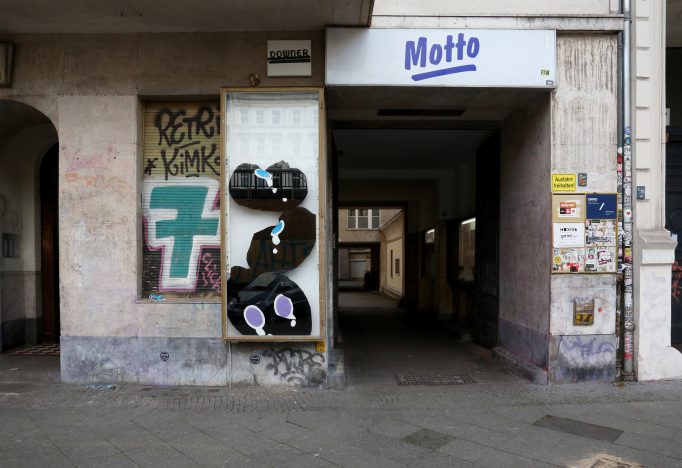
Bertrand Flanet: Pale Habits, 2017, installation view, Reality Companions, Motto Berlin

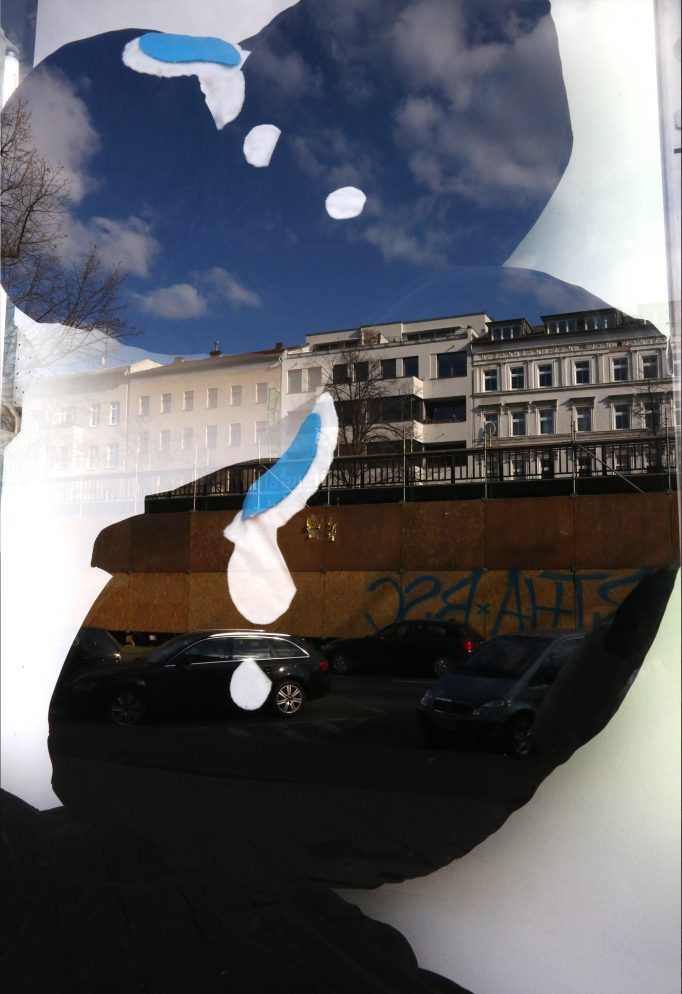

Gina Folly: Don’t worry about your Future, 2020, installation view, Reality Companions, Motto Berlin
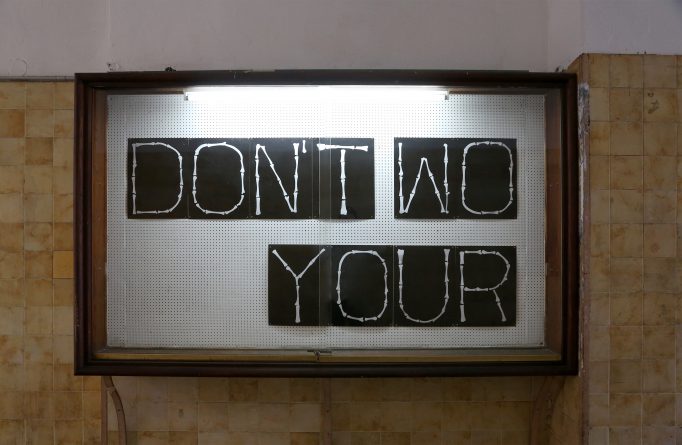

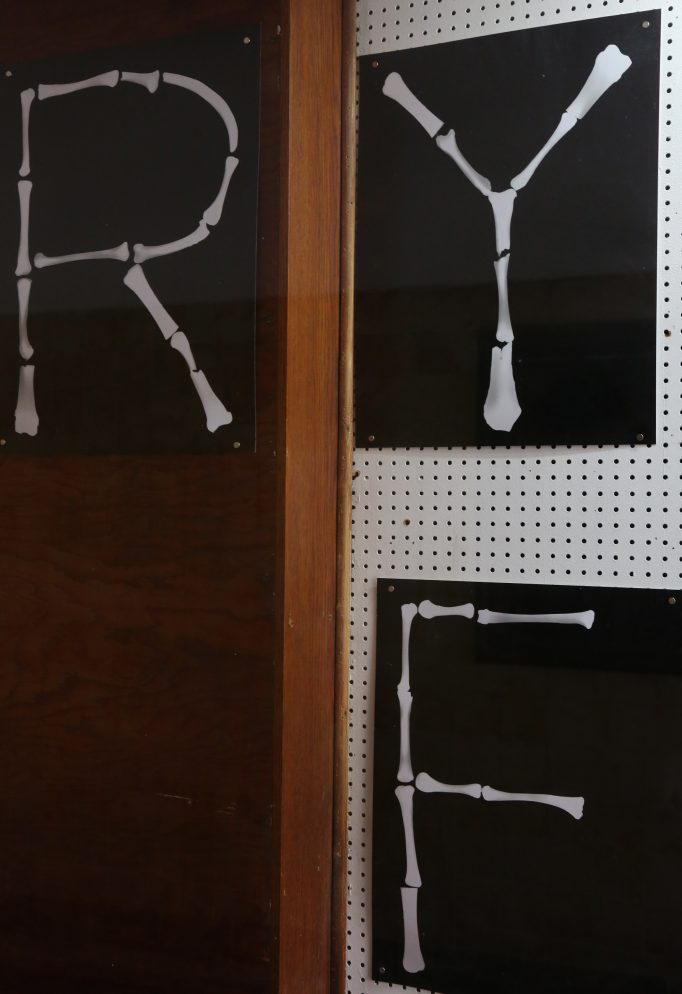

Becket MWN: Seven-Oh-Six, 2015, installation view, Reality Companions, Motto Berlin
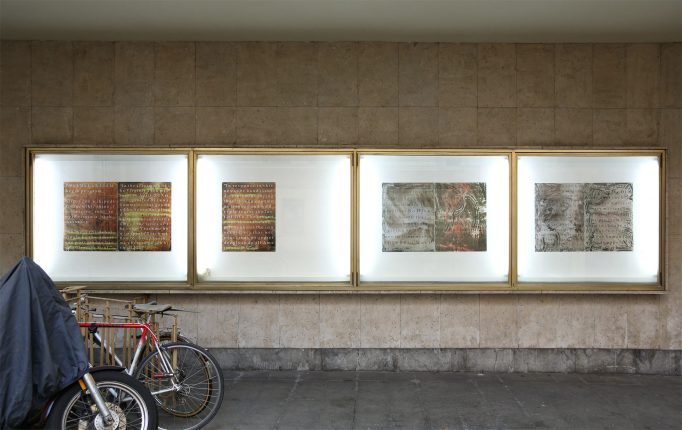
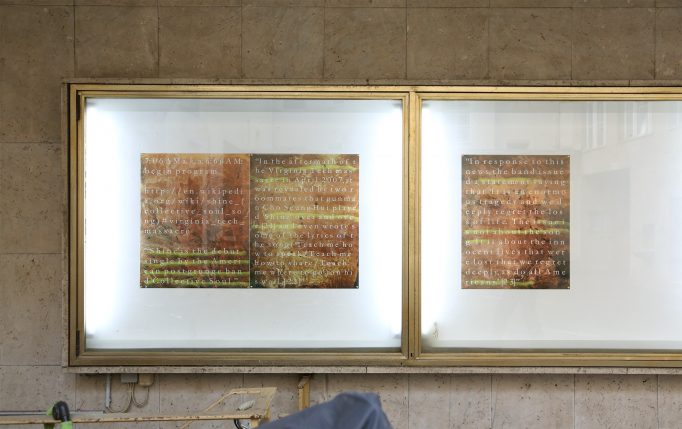
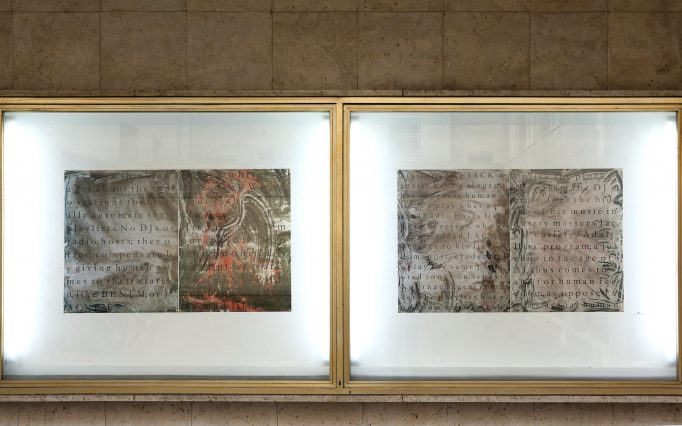

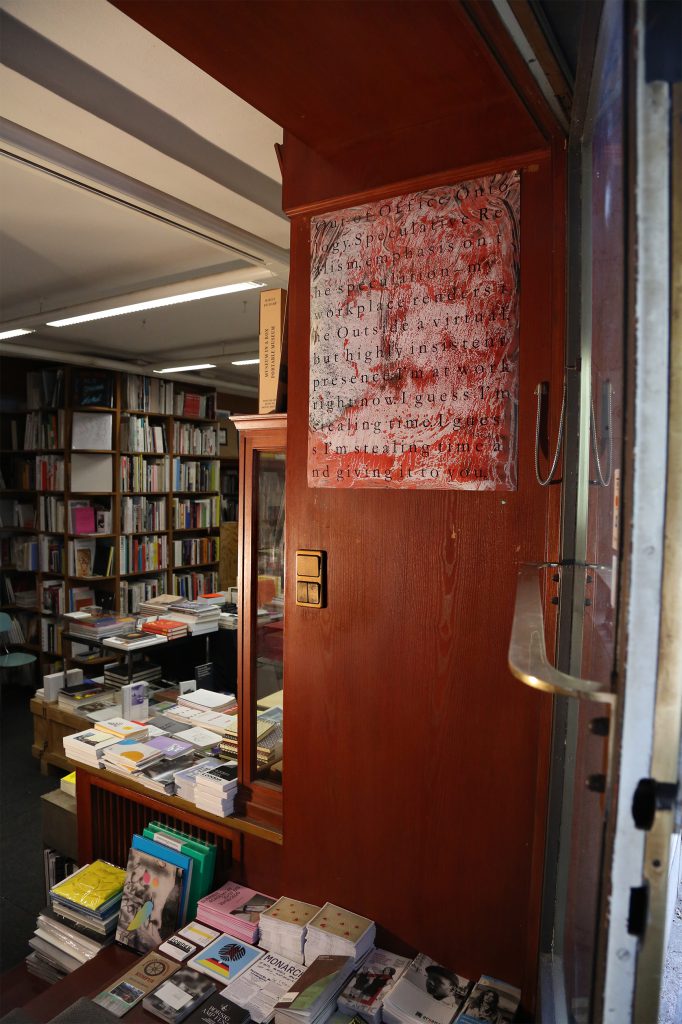
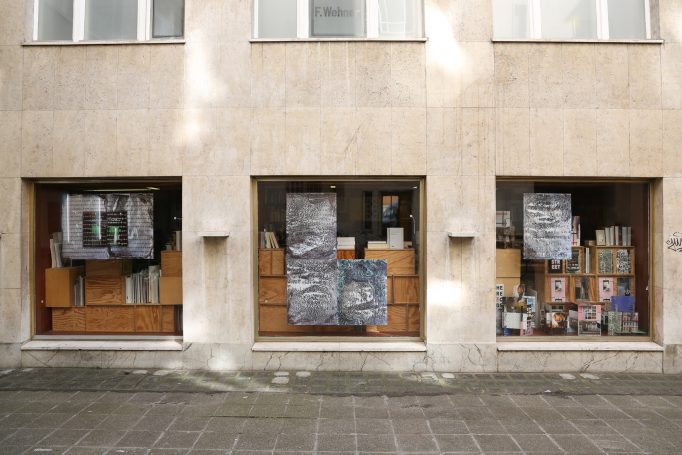
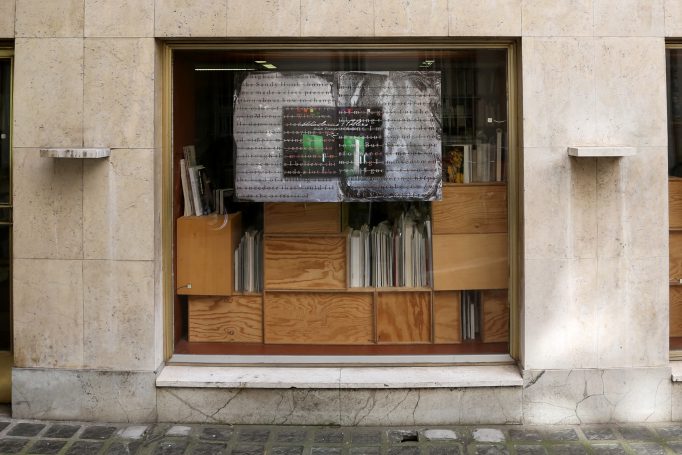
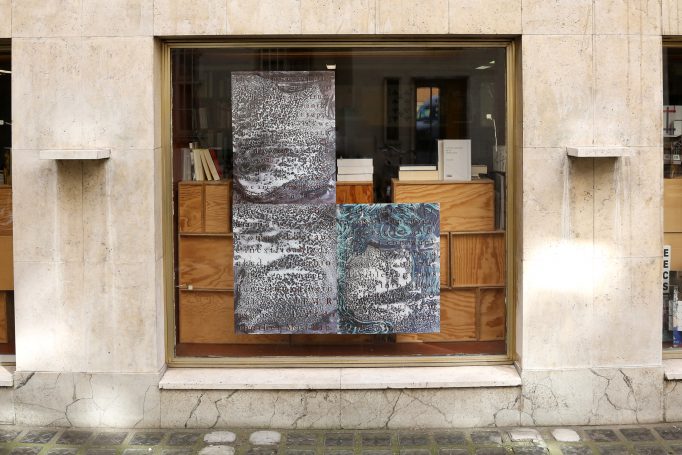
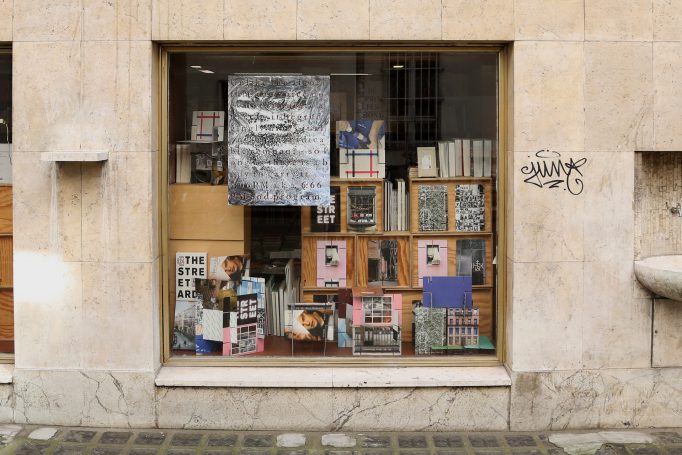
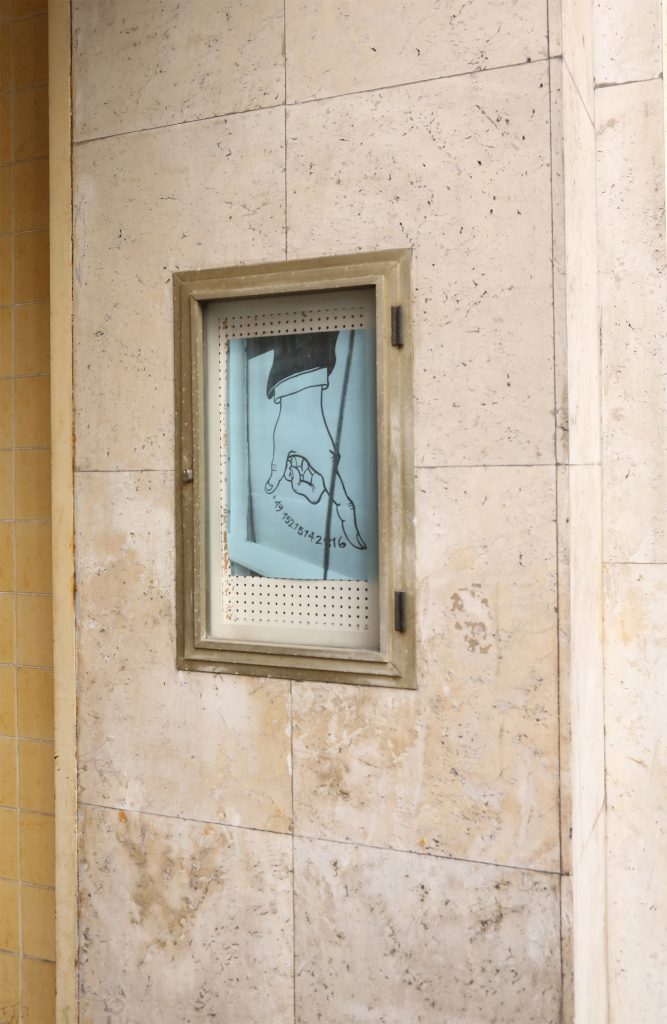
Inga Danysz & Becket MWN: +4915215142816, 2020, installation view, Reality Companions, Motto Berlin
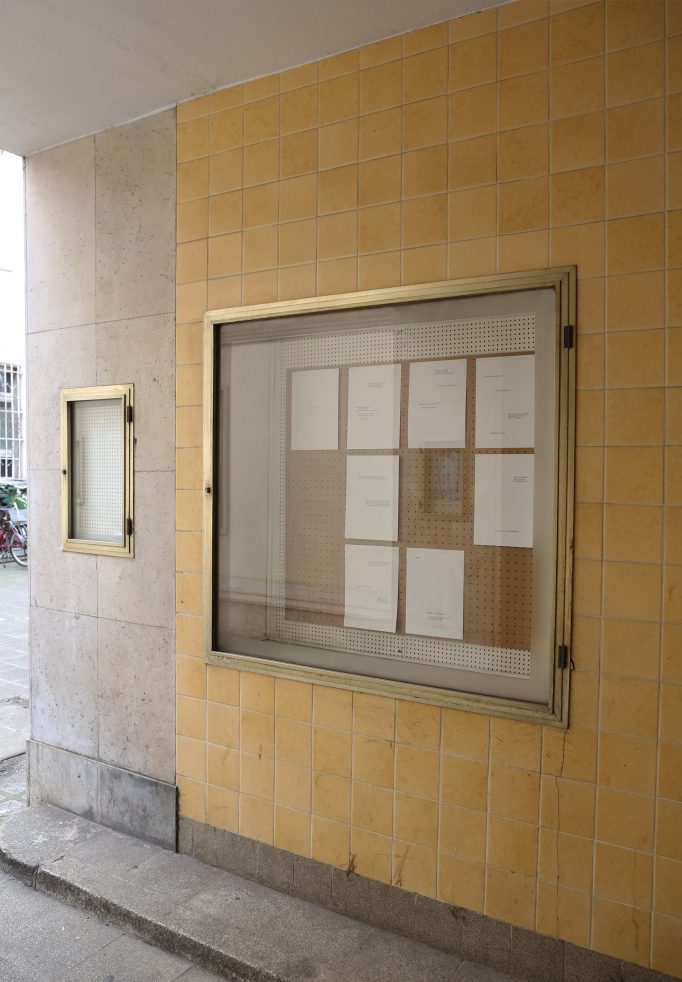
Inga Danysz: The End is always at the Beginning, 2019, installation view, Reality Companions, Motto Berlin

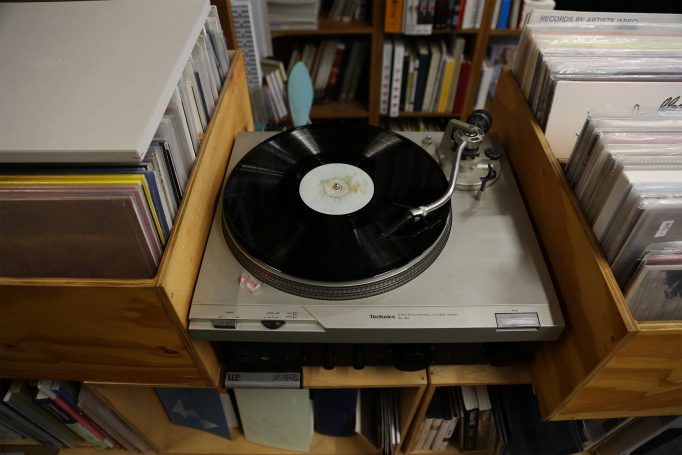
Inga Danysz: Untitled, 2019, installation view, Reality Companions, Motto Berlin
Photos: Yudith Heinemann
Reality Companions
Feb 21 – April 30, 2020
Motto Books Berlin
with works by Inga Danysz, Bertrand Flanet, Gina Folly, Becket MWN
curated by Dennis Brzek
In 2002, German car manufacturer VW opened their so called “Gläserne Manufaktur” (meaning both glassy and transparent factory) as a simulacrum for granting an undisturbed view into its production processes. The glass factory’s promise of full transparency is enmeshed in an array of showcases devoid of human activity, in which tasks are performed for an audience solely by an interplay of automatic gestures. Leading the viewer’s eye from the assembly of individual parts towards the wholeness of the finished product, their performance is—next to government apologias of stability, craft, and expertise—a testament to its belief in a scratch-free experience by way of steering the mechanical arms in safe distance from the glass surface. The luminous airspace lying in between the machinic extremities and their transparent cube is a border of the mind being kept firmly monosemantic.
Fast forward a few years and we are at Elon Musk’s presentation for the Cybertruck, a bulky desert buggy clad in a retro-futuristic shell including dramatically blacked out windows made from the company’s certified armor glass. This product showcase is made out to become the prime denominator for innovation, all the while being drenched in an upside-down baroque aesthetic of all things black and shiny. About half way into the spectacle, lead designer-cum-stage assistant Franz von Holzhausen hurls a metal ball into the truck’s hushed glass outlooks for demonstration of their promised permanence in the face of force. The ball hits and makes the glass crack. A dull thud serenades this banal action, framed underneath bright spotlights and the audience’s chuckled gasps and awkward laughters. In the moment of collision, the ball created a suspended drawing mapping its own meteoritic field of impact located somewhere within the thick outer sheet of the transparent metal. The lines of destruction that were drawn by the unfortunate performer create a spiderweb that becomes a gothic prop in this story’s haunted narrative. The signature left by the metal ball is both concrete and abstract, sketching a caricature of the visual organization of our present where what cracks is never the glass but only its very before. Famously, the only things that ever hits the view of those hyper valued subjects hidden behind bulletproof glass are the raw eggs thrown by protestors trying to make a pointed take, mostly in vain.
SUPERBEE SPIX COLA 139 KOOL GUY CRAZY CROSS 136 DUKE SPRIT SUPERKOOL KOOLKILLER ACE VIPERE SPIDER EDDIE KOLA are only some of the protagonists mentioned in Jean Baudrillard’s vision of New York of the 1970s in his essay “Kool killer ou l’insurrection par les signes” published in 1976. Here, the neurotically semiotic French philosopher describes the city as a vessel for signs and graffiti, abundant signifiers and empty words. The plane of production of these symbols is not just walls of buildings and underground stations but also the more irreducible surface of windows. Today, these scratchings seem to hover in between layers of glass, making them appear suspended in time and place like intractable and incomprehensible signs of another age. Workers who will travel to Grünheide in Brandenburg via S-Bahn for their shifts at Tesla’s Gigafactory 4 will see those engravings and believe them to be hieroglyphs of a time in which semantics were something created instead of endured.
Reality Companions
opening: Feb 20, 7-10pm
Feb 21 – Mar 17, 2020
Motto Books Berlin
with works by
Inga Danysz
Bertrand Flanet
Gina Folly
Becket MWN
curated by Dennis Brzek
In 2002, German car manufacturer VW opened their so called “Gläserne Manufaktur” (meaning both glassy and transparent factory) as a simulacrum for granting an undisturbed view into its production processes. The glass factory’s promise of full transparency is enmeshed in an array of showcases devoid of human activity, in which tasks are performed for an audience solely by an interplay of automatic gestures. Leading the viewer’s eye from the assembly of individual parts towards the wholeness of the finished product, their performance is—next to government apologias of stability, craft, and expertise—a testament to its belief in a scratch-free experience by way of steering the mechanical arms in safe distance from the glass surface. The luminous airspace lying in between the machinic extremities and their transparent cube is a border of the mind being kept firmly monosemantic.
Fast forward a few years and we are at Elon Musk’s presentation for the Cybertruck, a bulky desert buggy clad in a retro-futuristic shell including dramatically blacked out windows made from the company’s certified armor glass. This product showcase is made out to become the prime denominator for innovation, all the while being drenched in an upside-down baroque aesthetic of all things black and shiny. About half way into the spectacle, lead designer-cum-stage assistant Franz von Holzhausen hurls a metal ball into the truck’s hushed glass outlooks for demonstration of their promised permanence in the face of force. The ball hits and makes the glass crack. A dull thud serenades this banal action, framed underneath bright spotlights and the audience’s chuckled gasps and awkward laughters. In the moment of collision, the ball created a suspended drawing mapping its own meteoritic field of impact located somewhere within the thick outer sheet of the transparent metal. The lines of destruction that were drawn by the unfortunate performer create a spiderweb that becomes a gothic prop in this story’s haunted narrative. The signature left by the metal ball is both concrete and abstract, sketching a caricature of the visual organization of our present where what cracks is never the glass but only its very before. Famously, the only things that ever hits the view of those hyper valued subjects hidden behind bulletproof glass are the raw eggs thrown by protestors trying to make a pointed take, mostly in vain.
SUPERBEE SPIX COLA 139 KOOL GUY CRAZY CROSS 136 DUKE SPRIT SUPERKOOL KOOLKILLER ACE VIPERE SPIDER EDDIE KOLA are only some of the protagonists mentioned in Jean Baudrillard’s vision of New York of the 1970s in his essay “Kool killer ou l’insurrection par les signes” published in 1976. Here, the neurotically semiotic French philosopher describes the city as a vessel for signs and graffiti, abundant signifiers and empty words. The plane of production of these symbols is not just walls of buildings and underground stations but also the more irreducible surface of windows. Today, these scratchings seem to hover in between layers of glass, making them appear suspended in time and place like intractable and incomprehensible signs of another age. Workers who will travel to Grünheide in Brandenburg via S-Bahn for their shifts at Tesla’s Gigafactory 4 will see those engravings and belief them to be hieroglyphs of a time in which semantics were something created instead of endured.
Happy Potatoes and Sad Silkscreens at Motto Books
As the Happy Potato Press, Martijn in’t Veld has been publishing books, prints and other printed matter since 2019. Please join us for a wintery-xmas-drink and the presentation of various potatoes on December 11th, 18:00h. Among the things on display will be a severed arm, the weather report from the day Richard Brautigan died, a young girl stealing fishes and the ever expanding city of New York.
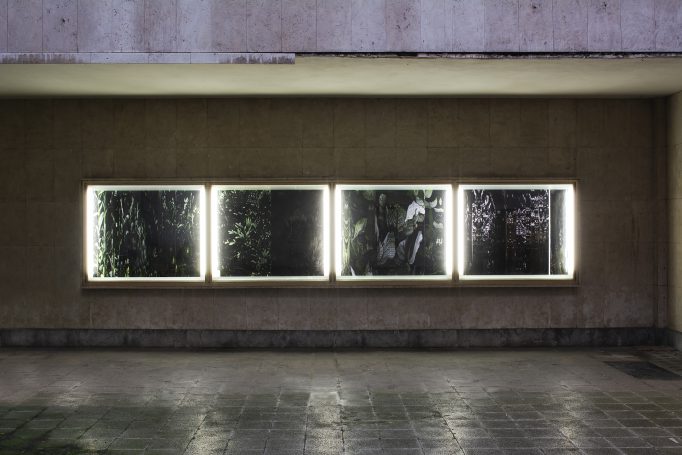
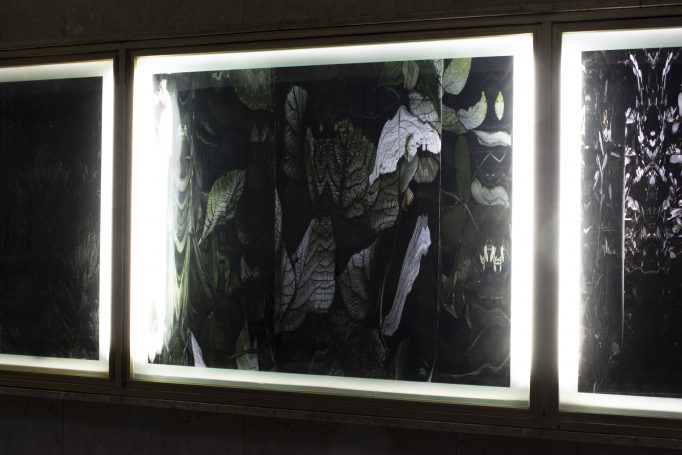
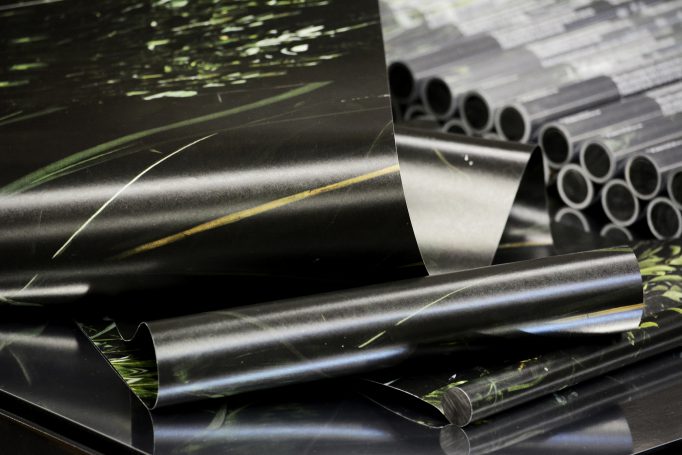
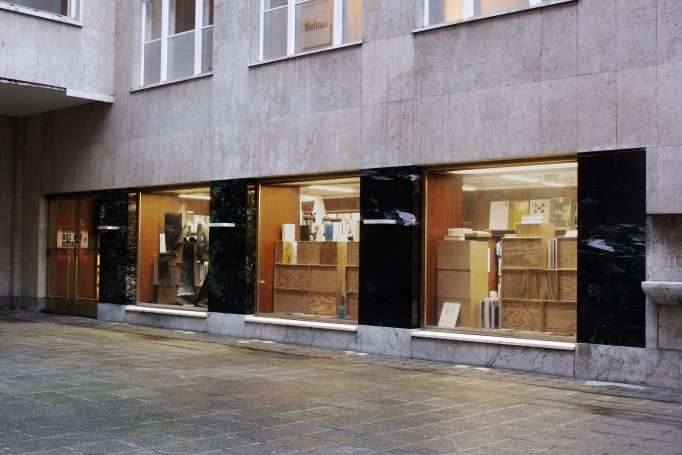
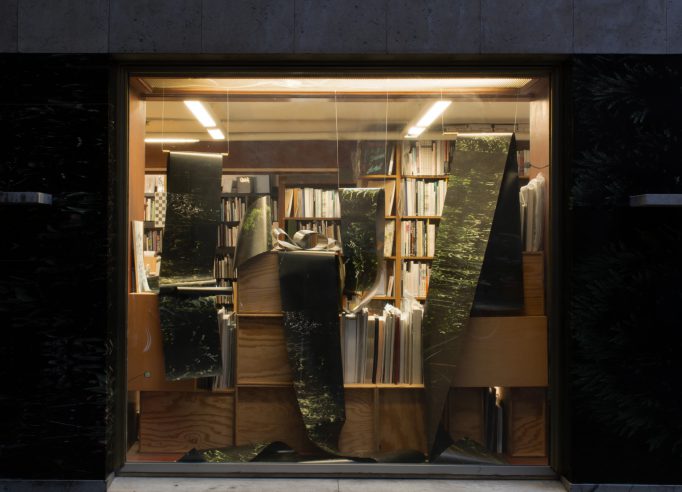
Criminal Garden
Hiroshi Takizawa at Motto Berlin
Criminal Garden
Project01: “Assumption”
Criminal profiling is used as an investigation technique to hypothesize on a suspect figure. An assumed portrait is inferred and emerges from what is left of a particular setting or crime scene. I am intrigued by the development of such assumed figures, as well as the fact that these profiles are fictional and nonexistent unless replaced by an asserted criminal.
“Assumption” consists of scanned images of objects found in ordinary surroundings. Instead of shooting or scanning a flat surface, I chose to scan objects with uneven surfaces as a method to emphasize the distortion of the outcome. As a result, the images are highly detailed, yet far from the objects’ original shapes and forms. The method also allows me to illustrate that the process of reproduction can result in a fictitious representation of an object. To me, there is a similarity in the process of profiling and scanning in the sense that both processes creates a fictional and imaginary image. In this work, I aim create an image of a fictitious profile, although there may not be any criminal context to it. What interests me is that the scanned objects gain a fictional character that reveals the possibility of an additional dimension to its existence, and furthermore, a suggestion that the fictional existence is in fact closer to reality.
Putting together. About Libraries, Books, Images, Words.
Damiàn Navarro, Olaf Nicolai, Stéphanie Serra
Saturday November 23, from 7pm at Motto Berlin.
Join us for a discussion around the practice of assembling, which will lead to the question of researched and found material and its montage possibilities. We will look at Damián Navarro’s rotorelief stickers and collecting process, and Olaf Nicolai’s editing practice in the 3 volumes of Conversation Pieces that link the library of the Roman gallerist Maria Colao to the art historian Mario Praz through his house (Walther König) and Stéphanie Serra’s written project on libraries, Through the Words of Others (fink).
Screening: Conversation Piece, Luchino Visconti, 1974 (subtitles in English)
Damián Navarro is an artist who works in Lausanne (Switzerland). He plays with collected object-documents to dig into realities, and repeatedly attempts to reshape the topics he addresses.
Olaf Nicolai is a German conceptual artist who works in Berlin. His work includes a major interest in books, literature and editing as well as its possible special forms.
Stéphanie Serra is a Swiss writer and researcher working on French films made by writers between 1950 and 1975.
In addition to the talk, an intervention in the Motto bookstore showcases will turn around the on-going looping.store website project developed by Pablo Perez and Damián Navarro and aims to share part of his stickers collection.
Recent publications as well as the fink twice series from edition fink will be on display
http://www.editionfink.ch/
Criminal Garden
Hiroshi Takizawa at Motto Berlin, November 16th 2019, from 7pm
Project01: “Assumption”
Criminal profiling is used as an investigation technique to hypothesise on a suspect figure. An assumed portrait is inferred and emerges from what is left of a particular setting or crime scene. I am intrigued by the development of such assumed figures, as well as the fact that these profiles are fictional and nonexistent unless replaced by an asserted criminal.
“Assumption” consists of scanned images of objects found in ordinary surroundings. Instead of shooting or scanning a flat surface, I chose to scan objects with uneven surfaces as a method to emphasize the distortion of the outcome. As a result, the images are highly detailed, yet far from the objects’ original shapes and forms. The method also allows me to illustrate that the process of reproduction can result in a fictitious representation of an object. To me, there is a similarity in the process of profiling and scanning in the sense that both processes creates a fictional and imaginary image. In this work, I aim create an image of a fictitious profile, although there may not be any criminal context to it. What interests me is that the scanned objects gain a fictional character that reveals the possibility of an additional dimension to its existence, and furthermore, a suggestion that the fictional existence is in fact closer to reality.
ーーーーーーーーーーーーーーーーーーーーーーーーーーーーー
Criminal Garden
Hiroshi Takizawa
First Edition
Format:Rolling paper / pvc rod / pvc cover
Type of printing : Offset
Size: 3364mm × 265mm
Number of Pages 2
Edition 80
Images Hiroshi Takizawa
Published Hiroshi Takizawa
Translation Martha Aida
Design Yuto Takamuro
Printed in Germany
Images copyright@2019 Hiroshi Takizawa